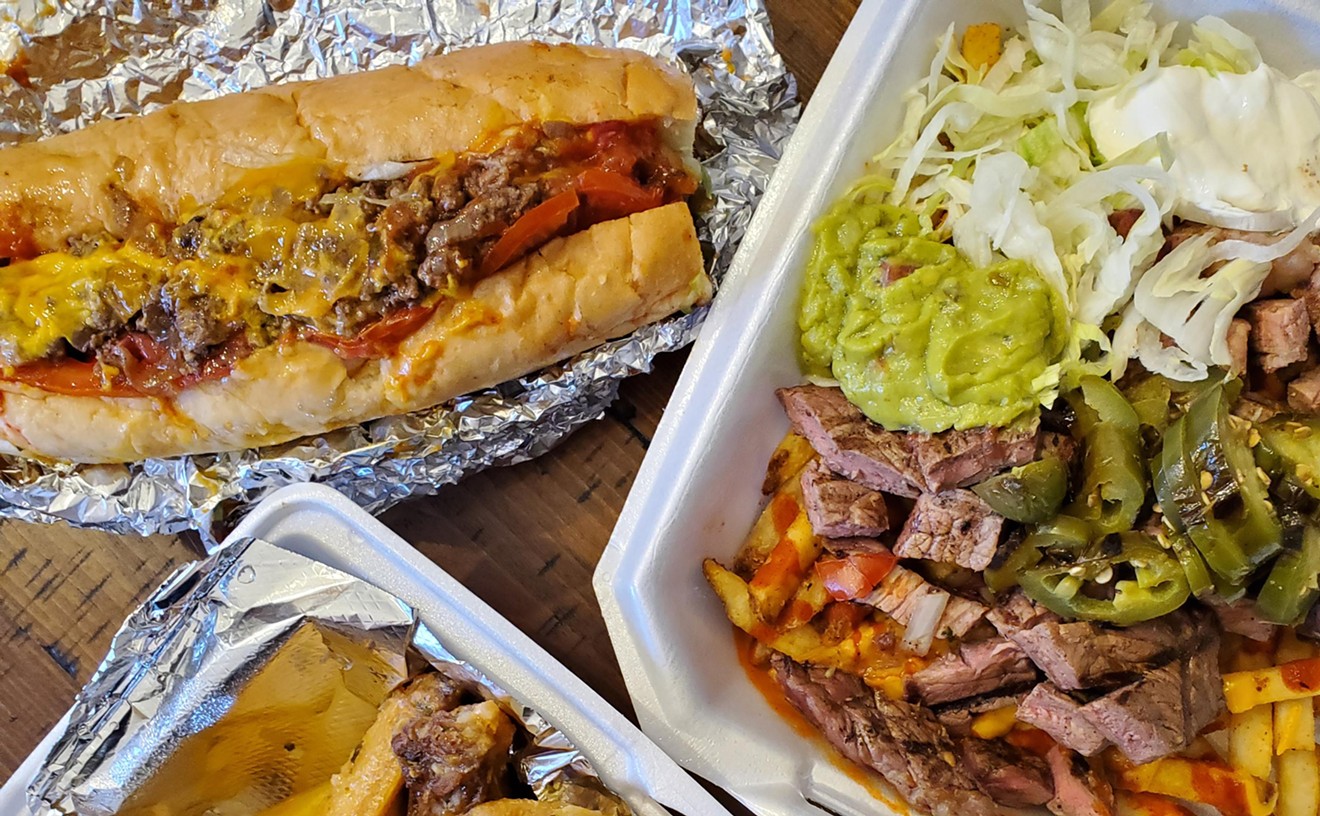Q. Maybe you can settle an argument that I have been having with a friend. I spent some time in Peru and enjoyed many a Pisco sour while I was there. When I came home. I had a party where I made some Pisco sours for my friends. Well, one of my friends is a bartender and he insisted that they were made with lemon juice; I was using lime. Now we have a bet riding on your response. If he wins, I have to run naked around the block and if I win, he has to wear a dress and heels for an hour at our local bar.
A. Wow, there's a lot riding on my response....But first, allow me to cleanse my mind of that image by offering up a bit of history about Pisco and the Pisco sour.
In the 1530s, when the Spanish conquistadors invaded and colonized Peru, they brought with them many things: horses, fancy body armor, Catholicism and the Spanish language, just to name a few. Most important to this story is that they brought vines and grapes, including Quebranta (non-fragrant) and the fragrant grapes in the Muscat family: Italia, Torontel and Moscatel de Alejandria. These grapes were used for wine and also for making brandy (distilled spirits made from fruits).
So, lesson one: Pisco is a brandy. The brandy production centered on the Peruvian port of Pisco, hence the name. Once distilled, Pisco is then aged in clay jars. The jars are porous and allow for oxidation without adding all of the flavor and colors that would come with wooden-barrel aging. The resulting spirit is complex, floral and spicy. In one word...delicious. Many fantastic Piscos are also made in Chile, and that country also lays claim to its creation. (But since the spirit is named for a port in Peru, my money is on that country.) Chilean Piscos are more floral than those of their northern neighbors, as they only use the Italia and Moscatel de Alejandria.
Fast forward 200 years or so to the birth of the Pisco sour. By the late 1800s, fancy American cocktails were all the rage, and bartenders all over the world were creating their own versions. There are many arguments over the origin of the cocktail, so I won't try to name the creator (I might receive death threats from South America). But I can tell you who who popularized the drink: Victor Morris, and American bartender and ex-pat, who opened Morris' Bar in Lima, Peru, in 1916. This bar was a haven for English-speaking businessmen, ambassadors, bon vivants and travelers. Morris's signature cocktail was the Pisco sour, which was made with Pisco, limes, sugar, egg white and bitters. Those same travelers spread the Pisco sour's popularity around the globe.
So here's where the confusion lies: Pisco sours have always been made with Peruvian limes -- a fruit that the Peruvians and Chileans call "lemons." What we know as lemons are extremely rare down there. That means the correct fruit for a Pisco sour is what we call limes, even though many cocktail books will tell you otherwise....Everything just got lost in translation.
The Pisco sour is an excellent summer cocktail, and should be in every bartender's repertoire.
Diego Loret de Mola, a native Peruvian (and president of BevMax, makers of BarSol Pisco), once told me that for a true Pisco sour, the lime is squeezed fresh at the moment you make the cocktail, and half of the spent lime hull is left in the mixing glass, so that the cocktail can take on the entire essence of the lime, including the oils of the skin. I've made them that way ever since.
Pisco Sour 2 oz. BarSol Acholado Pisco 1 oz. fresh squeezed Lime juice .75 oz. simple syrup (1:1 water to sugar ratio) 1 egg white (approximately .75 oz.) 1 dash Angostura Bitters
In a metal tin, vigorously shake all ingredients except bitters with ice and 1/2 of the spent lime hull. Strain into a chilled old-fashioned glass. Dash bitters over the foamy head of the cocktail.
Cheers! Have a question for Sean Kenyon? E-mail [email protected].










